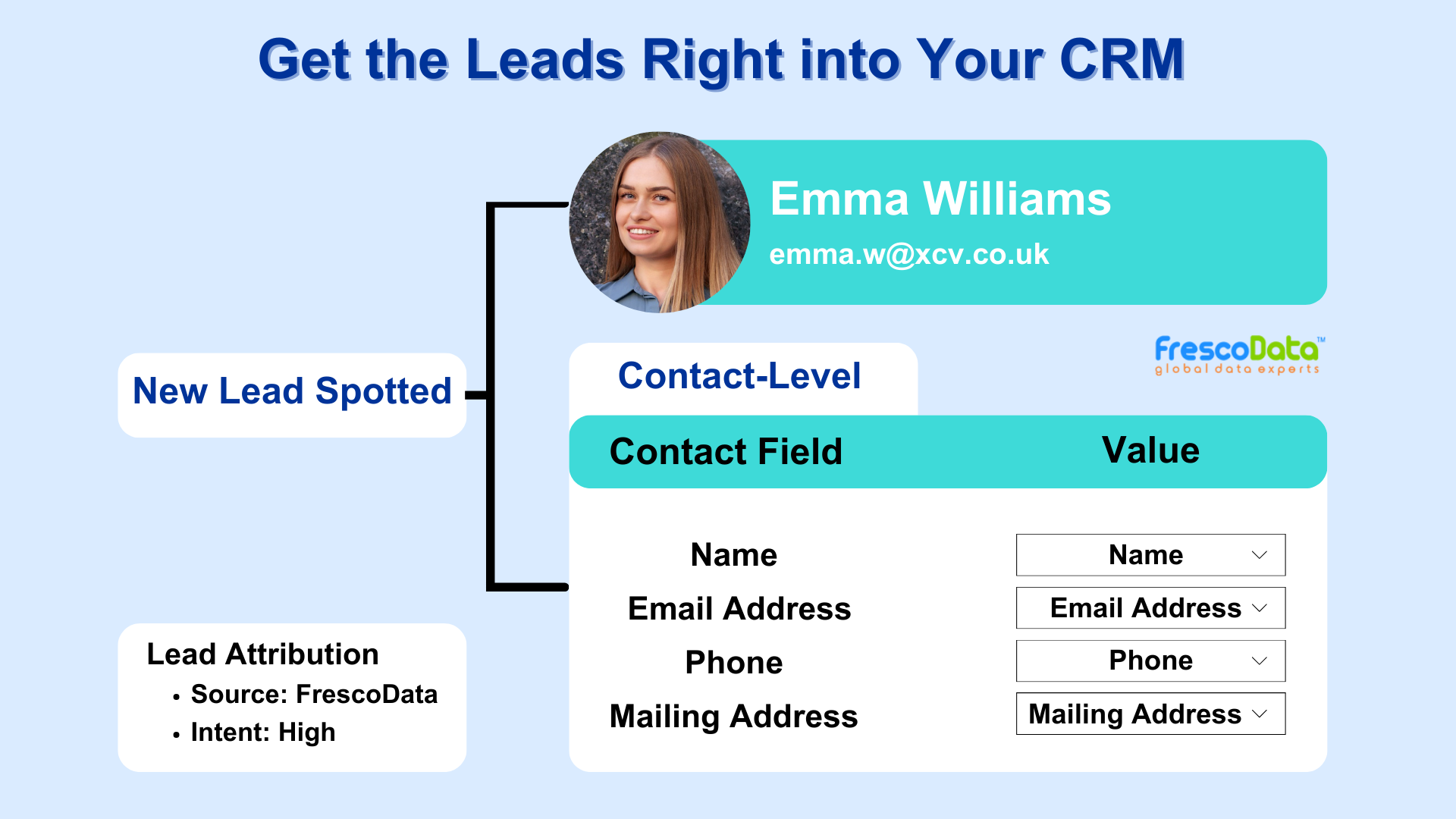-
What is Data Cleansing?
-
Key Activities in Data Cleansing
-
Handling Missing Data
-
Removing Duplicate Entries
-
Standardizing Data Formats
-
Correcting Inaccuracies
-
Handling Inconsistencies
-
Validating Data Entries
-
Dealing with Outliers
-
Addressing Data Quality Issues
-
Importance of Data Cleansing
-
Accurate Decision-Making
-
Effective Analysis
-
Compliance and Regulation
-
Improved Reporting
-
Enhanced Customer Experience
-
Data Integration and Migration
What is Data Cleansing?
Data cleansing, also known as data cleaning or data scrubbing, is the process of identifying and correcting errors, inconsistencies, and inaccuracies in datasets. The goal is to improve the quality and reliability of the data, making it suitable for analysis, reporting, and other data-driven processes. This iterative process involves detecting and rectifying errors such as missing values, duplicate entries, inaccuracies, and inconsistencies in order to ensure the integrity of the data.
Key Activities in Data Cleansing

Handling Missing Data
Identifying and addressing missing values in the dataset. This may involve imputing missing values based on statistical methods or removing records with insufficient information.
Removing Duplicate Entries
Identifying and eliminating duplicate records or entries within the dataset. Duplicate entries can skew analysis and lead to inaccurate insights.
Standardizing Data Formats
Ensuring consistency in data formats by standardizing units of measurement, date formats, and other data elements. This helps in maintaining uniformity across the dataset.
Correcting Inaccuracies
Detecting and correcting inaccuracies or errors in the data, such as typos, misspellings, or incorrect values. This often involves manual verification and correction.
Handling Inconsistencies
Resolving inconsistencies in the data by aligning values that should be consistent across different records or fields.
Validating Data Entries
Verifying the accuracy and validity of data entries against predefined rules or criteria. Entries that do not meet validation criteria are corrected or flagged.
Dealing with Outliers
Identifying and handling outliers or anomalies in the data that can adversely affect analysis. Depending on the context, outliers may be corrected or investigated further.
Addressing Data Quality Issues
Tackling broader data quality issues, such as outdated information, inconsistent categorization, or unreliable sources.
Importance of Data Cleansing
Accurate Decision-Making
Reliable and accurate data is crucial for making informed and confident business decisions. Data cleansing ensures that decision-makers are working with trustworthy information.
Effective Analysis
Data analysts and data scientists rely on clean and accurate datasets to conduct meaningful analyses and derive valuable insights.
Compliance and Regulation
In industries where regulatory compliance is essential, data cleansing helps ensure that the data adheres to regulatory standards and requirements.
Improved Reporting
Reliable data is the foundation for accurate and reliable reporting. It enhances the credibility of reports and dashboards.
Enhanced Customer Experience
For customer-centric businesses, it ensures that customer information is accurate, leading to better customer service and personalized experiences.
Data Integration and Migration
When integrating data from different sources or migrating data to new systems, data cleansing is crucial to ensure compatibility and consistency.
Stay Updated
Recent Blogs

3 Reasons to Buy Email List
Are you hesitant to buy email list for your business? Some would say buying an email list ...
November 18, 2024
Sales Follow-up Email After No Response!
70% of sales reps don’t follow up with prospects after no response. (Source) Are you...
September 2, 2024
5 CTV Advertising Tips to Get The Most Out of It
Connected TV has opened up many interesting opportunities for advertisers, allowing them t...
August 27, 2024